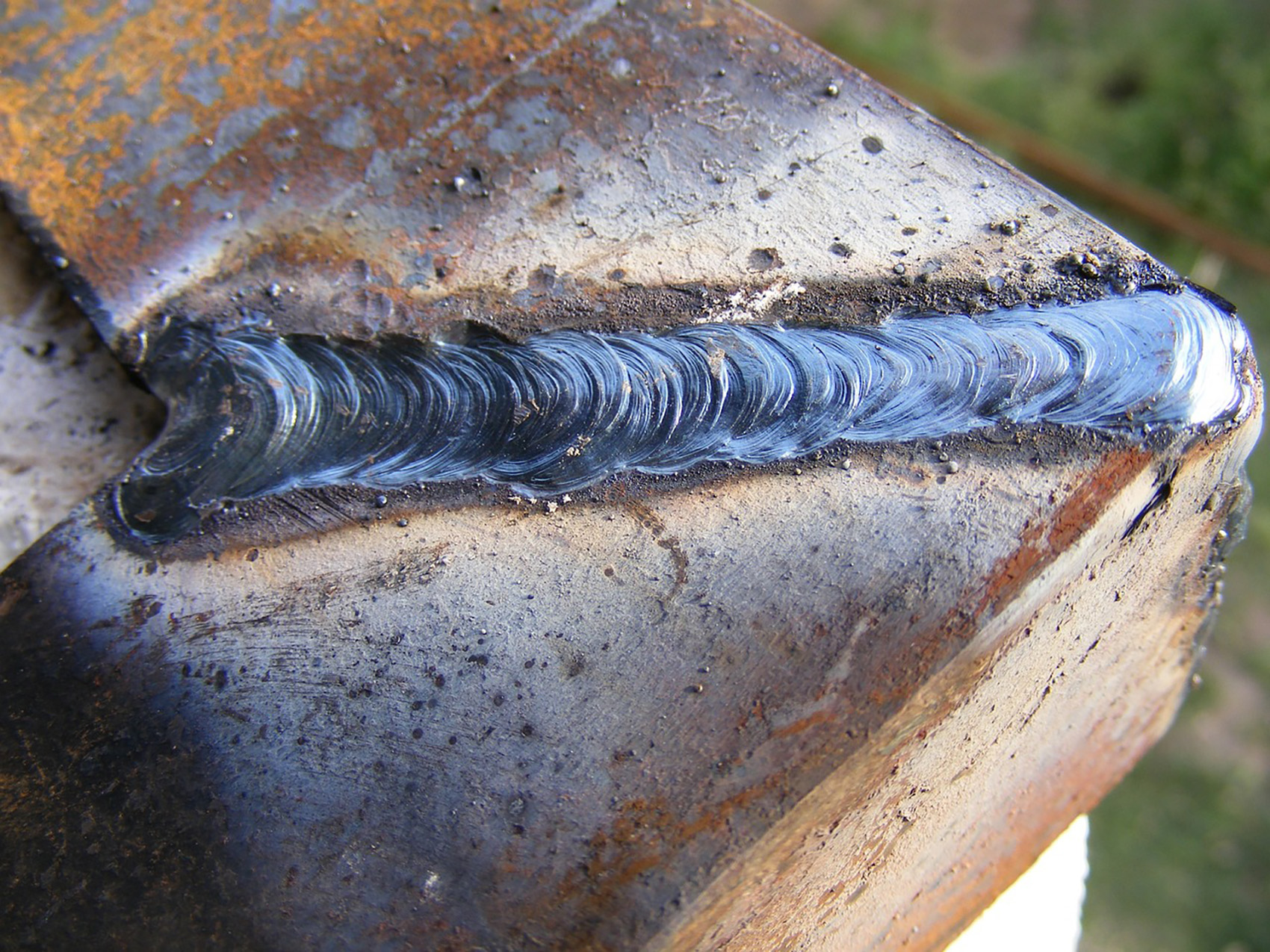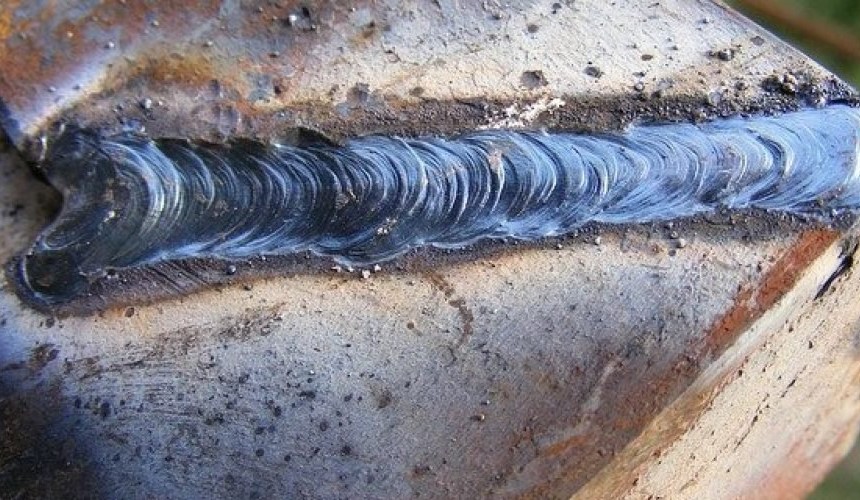Exactly How to Prevent Weld Undercut: Crucial Tips for Welders
Exactly How to Prevent Weld Undercut: Crucial Tips for Welders
Blog Article
Recognizing the Causes and Solutions for Undercut Welding in Steel Manufacture Procedures
In the world of metal fabrication procedures, the event of undercut welding poses a considerable challenge that requires a detailed understanding of its causes and practical options. The elaborate interplay of numerous aspects during welding procedures can bring about this unwanted phenomenon, impacting the architectural integrity and total high quality of the welded joints - Preventing weld undercut. By studying the root triggers of undercut welding and checking out effective remedial actions, producers can raise the criterion of their craftsmanship and ensure the production of perfect steel parts
Common Reasons of Undercut Welding
Regularly forgotten in steel manufacture, undercut welding takes place because of various aspects that require meticulous focus and know-how to be successfully mitigated. One common reason of undercut welding is too much warm input. When the heat input is expensive, it can result in the melting and subsequent disintegration of the base product along the edges of the weld joint, creating a groove or undercut. Additionally, improper welding strategies, such as making use of the incorrect welding angle or travel speed, can additionally add to undercut formation. Insufficient securing gas coverage is another essential variable that can cause undercutting. Inadequate gas insurance coverage fails to protect the weld pool properly, causing oxidation and undercut issues. In addition, the selection of welding specifications, such as voltage, present, and cable feed rate, plays a considerable function in the occurrence of undercut welding. Comprehending these typical causes is crucial for executing safety nets and making sure top quality welds in steel fabrication procedures.
Influence of Incorrect Welding Parameters
Imprecise welding criteria can considerably endanger the integrity and quality of welded joints in steel construction processes. The influence of wrong welding specifications shows up in numerous means, resulting in architectural weak points and flaws in the bonded components. One important element affected by incorrect welding specifications is the penetration depth of the weld. Inadequate warm input as a result of low welding currents or exceedingly high traveling speeds can lead to poor combination between the base metals, leading to insufficient joint penetration and deteriorated bonds. Alternatively, too much warmth input brought on by high welding currents or slow traveling rates can cause burn-through and excessive support, developing a weak and unstable weld structure. Furthermore, incorrect specifications such as improper voltage settings or inaccurate electrode angles can contribute to irregular weld bead profiles, absence of combination, and raised chances of issues like damaging. As a result, meticulous interest to welding parameters is paramount to make certain the manufacturing of top quality welds with the preferred mechanical properties and structural integrity.
Result of Improper Torch Angle
Inappropriate torch angle in welding procedures can significantly influence the top quality and stability of the last weld joints in steel construction processes. Undercutting is a typical welding flaw where a groove develops along the weld toe, weakening the joint and jeopardizing its structural integrity.
A lantern angle that is as well high can cause not enough penetration, incomplete fusion, and increased spatter. On the various other hand, a lantern angle that is as well shallow can result in extreme penetration, burn-through, and distortion of the base material. Preventing weld undercut. Correct torch angle is necessary for ensuring constant weld top quality, toughness, and appearance
To avoid damaging and other defects brought on by incorrect lantern angles, welders should be trained to maintain the appropriate lantern angle throughout the welding process. Normal tracking and adjustment of torch angles throughout welding can assist accomplish sound welds with minimal original site defects.
Duty of Inadequate Welding Techniques

Another facet of poor welding techniques is inappropriate weld preparation. Poor cleansing of the base metals, inaccurate joint style, or insufficient edge prep work can all add to damage welding. Additionally, insufficient protecting gas coverage or using the wrong sort of gas can cause incomplete fusion and the development of undercut issues.
To deal with the role of poor welding methods in metal manufacture procedures, it is necessary to supply extensive training for welders. Proper education and learning on welding specifications, joint prep work, and protecting gas selection can assist avoid undercut welding and ensure high-quality welds in steel fabrication tasks.
Efficient Solutions for Undercut Welding
Dealing with undercut welding in steel construction calls for carrying out efficient services to boost weld high quality and architectural integrity. Among the primary remedies to combat undercut is to readjust welding parameters such as voltage, present, and travel rate to ensure appropriate warmth input and fusion. By fine-tuning these setups, welders can prevent extreme melting of the base steel and filler material, reducing the possibility of undercut development.
Additionally, appropriate joint preparation is important in preventing undercut. Guaranteeing tidy base steel surfaces without impurities and using the proper bevel angle can aid promote much better weld infiltration and lower the risk of undercut - Preventing weld undercut. go now Utilizing appropriate welding strategies, such as oscillating the torch or weaving, can also help in dispersing warmth evenly and filling the weld joint appropriately, reducing the possibility of undercut problems
In addition, picking the correct welding consumables, including electrodes and filler metals, is vital in alleviating undercut. Making use of products with ideal chemical make-ups and mechanical residential properties can add to attaining audio welds with very little undercut. Routine assessment and quality assurance measures should also be implemented to spot and address undercut issues promptly, ensuring the overall honesty of made steel elements.

Conclusion
Finally, understanding the reasons and remedies for undercut welding in steel construction processes is important for achieving top quality welds. By addressing usual reasons such as inaccurate welding parameters, improper lantern angle, and insufficient welding techniques, welders can protect against damaging and guarantee you can look here solid, sturdy welds. It is necessary to pay interest to these factors and implement efficient services to improve the total welding process and final product high quality.

Report this page